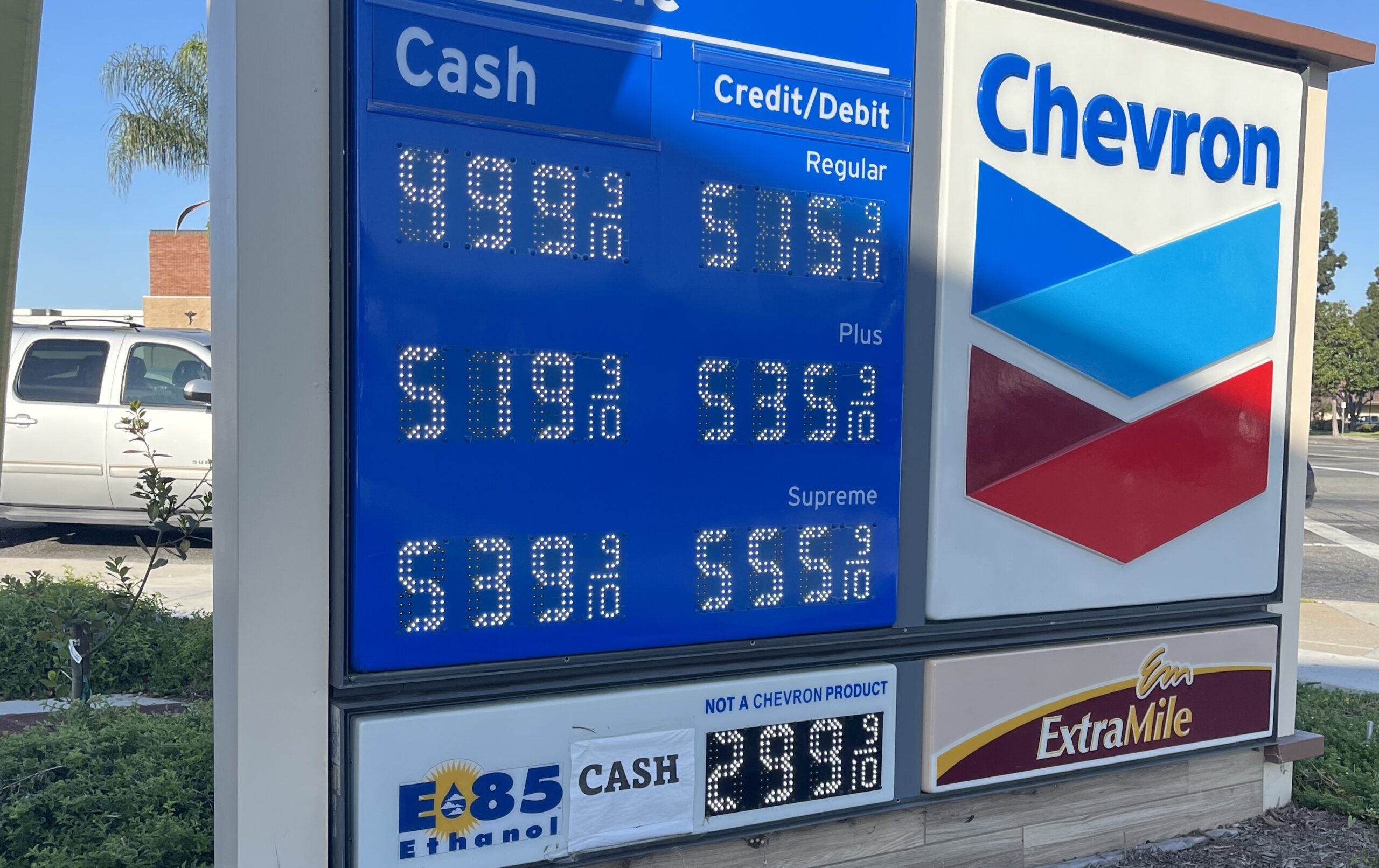Study: FFVs, E85 Significantly Reduce Fuel Costs and Carbon Emissions
May 31st, 2025
California drivers could save $461 million annually by 2035 if the state maintains a constant population of vehicles refilling with E85. Analysis from the Southwest Research Institute (SwRI) indicates the resulting yearly greenhouse gas benefit from that fleet would be a reduction of three million metric tons of carbon dioxide.
Collectively, consumers choosing E85 rather than gasoline would record billions of dollars in fuel savings from now until 2035.
E85 is a gasoline substitute for flex fuel vehicles (FFVs) and offers substantial savings in California. Pearson Fuels, the state’s largest E85 supplier, said stations in its network during April offered E85 for $1.75 less per gallon on average than gasoline.
However, continued fuel savings and GHG benefits are not guaranteed. U.S. automakers have reduced FFV models, thereby shrinking the number of cars and trucks able to use E85.
E85 conversion kits – devices installed on standard internal combustion engine vehicles to allow E85 use – could bolster the state’s FFV population. For example, kit-converted vehicles in France now outnumber those originally produced as FFVs.
Pearson Fuels is working with California regulators and legislators to streamline the approval process for E85 conversion kit manufacturers. The change from gasoline usage to cleaner and more affordable E85 fuel would come at a beneficial time for California. The state learned recently it will likely lose two of its nine remaining refineries capable of producing the state’s unique gasoline blend by the end of 2026.
E85 is much less carbon intensive than California gasoline, and SwRI’s literature review indicates that trend will expand with carbon capture and storage at ethanol bio refineries, improvements in biomass feedstock production, and by substituting renewable naphtha for fossil gasoline as E85’s hydrocarbon component. SwRI says those characteristics would put E85’s carbon intensity 82% better than gasoline in 2035.
While ethanol has lower energy content than gasoline, FFV engines can achieve efficiencies using E85. Coupled with E85’s massive price advantage, that led to a 19% cost savings for E85 in California compared to gasoline from January 2023 to March 2025 – resulting in hundreds of millions of dollars saved for California drivers.






